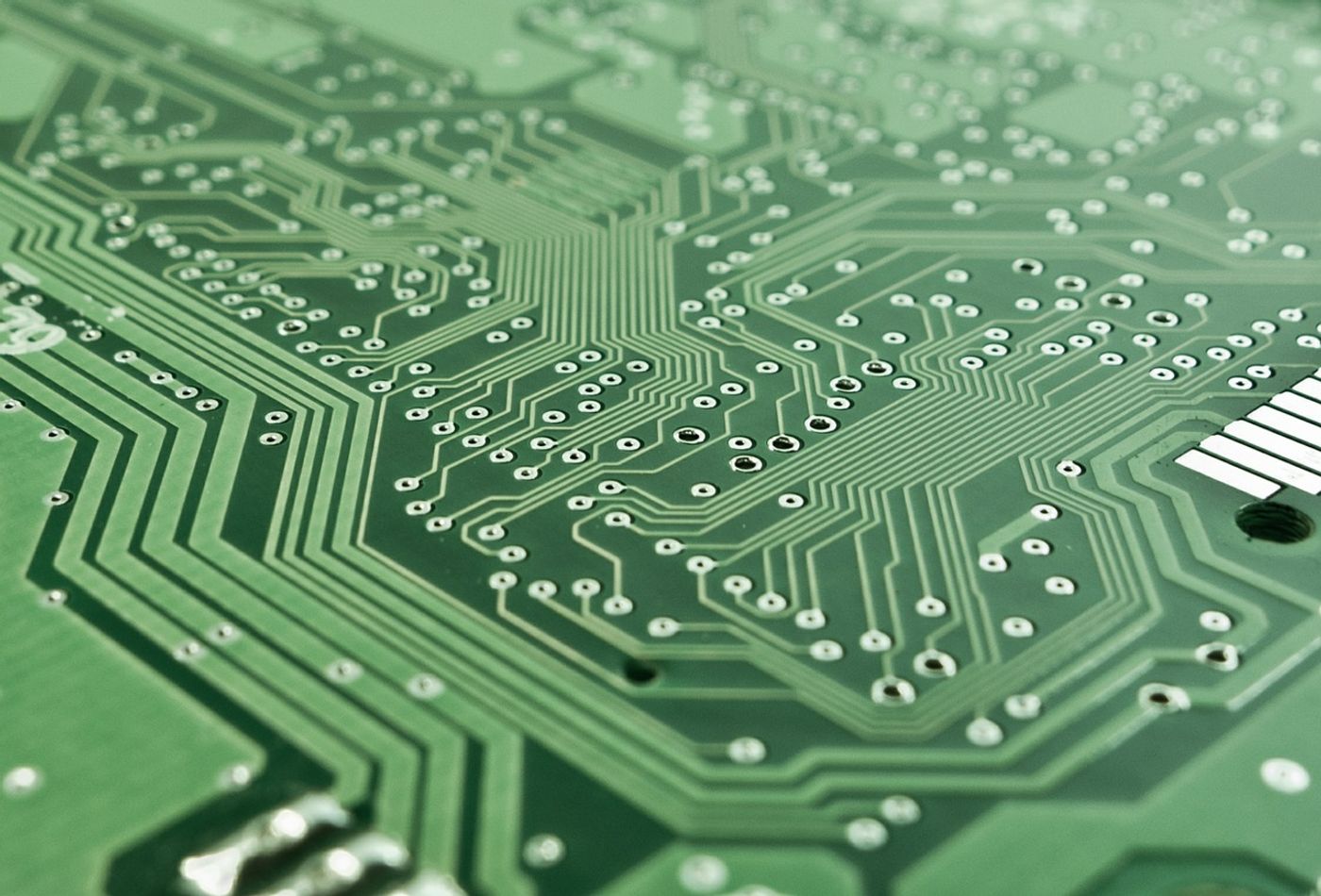Engineers Design Chip-Free, Battery-Free Wireless Electronic 'Skin'
In a recent study published in Science, an international team of researchers have designed a chip-free, battery-free wireless electronic ‘skin’ capable of transmitting signals related to sweat, pulse, and ultraviolet (UV) exposure. This study has the potential to expand the field of electronic skin, or “e-skin”, by opening a pathway toward chip-free wireless sensors which are traditionally powered by small batteries. Members of the research team hailed from the Massachusetts Institute of Technology (MIT), University of Virginia, Seoul National University, Sejong University, Korea Institute of Science and Technology, and the Amorepacific R&D Center in South Korea.
Modern wearable sensors that are used to monitor bodily functions such as glucose levels, blood pressure, and heart rate are powered by Bluetooth chips fitted with small batteries. However, with the next generation of sensors becoming smaller, thinner, and more flexible, the traditional small batteries used to power them will soon be obsolete.
For study, the researchers were successful in increasing both the outgoing and incoming electrical signals of their ‘skin’ by creating pure, single-crystalline samples of gallium nitride and combined it with a conducting layer of gold. This allowed their new ‘skin’ to detect a person’s heartbeat and sweat salt while being able to send these signals to a nearby wireless receiver.
"Chips require a lot of power, but our device could make a system very light without having any chips that are power-hungry," said Dr. Jeehwan Kim, an Associate Professor in both the Department of Mechanical Engineering and Department Materials Science and Engineering at MIT, and a co-author on the study. "You could put it on your body like a bandage, and paired with a wireless reader on your cellphone, you could wirelessly monitor your pulse, sweat, and other biological signals."
The researchers see their new ‘skin’ as a first step in supporting chip-free wireless sensors, which they hope could enable integration with other selective membranes capable of monitoring other vital biomarkers of the human body.
Sources: Science
As always, keep doing science & keep looking up!









